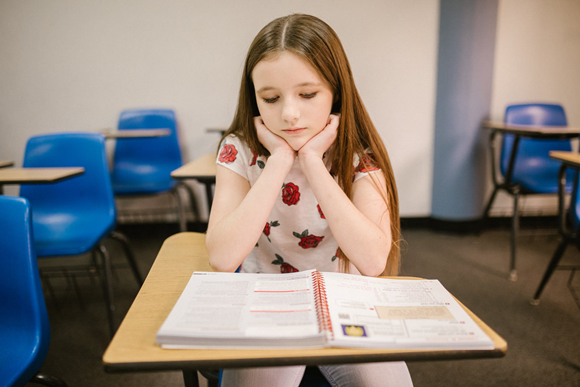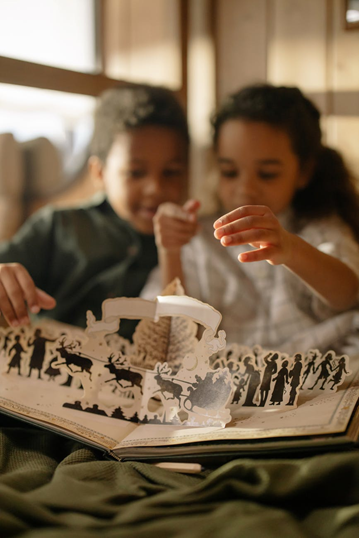In 2022, Is Third Grade Still the Make-or-Break Year for Reading?
In celebration of National Reading Month, educators and parents across the U.S. are reading daily with their students. With each book, they’re discussing new sounds, unfamiliar words, and world-expanding narratives. Of course, we know that the work of learning to read extends far beyond the month of March: especially in 2022, it takes a lot to catch students up to the literacy milestones they’re expected to meet by the end of third grade. Today, we explore how third grade reading levels shape students’ long-term reading success when accounting for the effects of the pandemic, students’ individual circumstances, and educational inequities.

Research on the science of reading has shown that third graders who cannot read at grade level are most vulnerable to dropping out of school. Because today’s third graders experienced months of virtual literacy education, it is difficult - and perhaps even inaccurate - to apply this research to the early readers of 2022. Nevertheless, third grade is still widely recognized as the final year children are learning to read, after which they are “reading to learn.” The National Assessment of Education Progress (NAEP), also known as the U.S. report card, uses third grade reading scores to assess students’ reading performance: if third graders score well on the NAEP and related assessments, research indicates they have a better chance to go to college and reap greater lifetime earnings. Conversely, data suggests that early literacy gaps are even wider among low-income students, students of color, and students with disabilities and other reading challenges such as dyslexia.
While this make-or-break year has undoubtedly been affected by the pandemic, new legislation in various states recognizes the importance of third grade despite COVID-19 setbacks. Take Grand Island, Nebraska, where third graders are celebrating National Reading Month: like many other U.S. school districts, most Grand Island elementary teachers did not learn about the science of reading in their teacher training programs. In response, the school district implemented district-wide training in the science of reading, driven by the belief that “literacy is liberation.” As of this month, around ⅔ of the district’s elementary teachers have completed additional training on early literacy; moreover, under the Nebraska Reading Improvement Law, all Nebraska schools are required to provide instruction grounded in the science of reading to support early literacy. By screening early for reading barriers and collaborating with parents, the Grand Island district is committed to nurturing strong and confident readers by the culmination of third grade.

The Read Across America program honors the same commitment. Throughout National Reading Month and beyond, the program seeks to uplift students and authors of color, individuals with disabilities, and others whose voices have not always been heard - let alone, read. In addition to receiving science-backed literacy education, it is vital for students to see themselves in the stories they read and to experience the connection between reading success and “real-life” achievement. In a recent panel hosted by the Wheelock College of Education and Human Development, program director Hank Fien stated that educational disparities “have mirrored disparities in wealth, employment and virtually every positive indicator of health and well being.” A third grader’s reading scores do not just inform their fourth grade year: these scores shape how students are viewed by teachers and how students view themselves, reinforcing the importance of early literacy instruction that acknowledges the science of reading and language as a civil right.

Take-Aways:
- Historically, third grade reading scores have been a valuable metric to assess students’ long-term wellbeing and prospects for higher education and employment.
- In response to COVID-19, and in recognition of systemic barriers that disproportionately affect disadvantaged students, some U.S. school districts are arming teachers with early literacy training in the science of reading.
- Third grade reading scores continue to inform the development of new legislation and curricula to support today’s youngest readers.
Start Teaching Reading for Free Now!
Access Level 1’s four interactive stories and the accompanying supplemental resources to teach elementary students how to read. No credit card is needed. Join the 42,635 teachers and students using our reading program.
